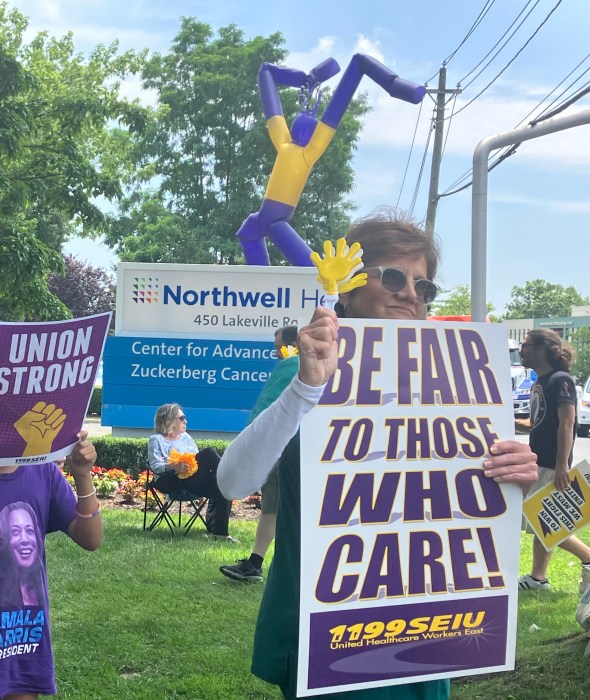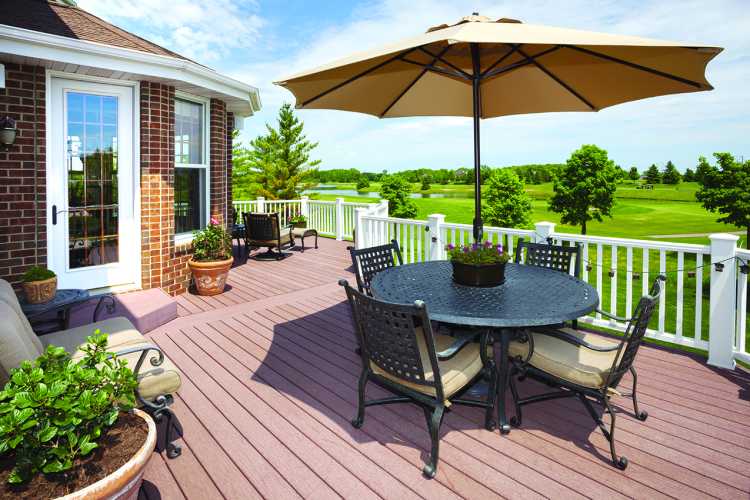Living life to the fullest does not need to stop when adults near or reach retirement age.
Age-restricted housing communities once bore the stereotype of having limited recreational options and dated surroundings. But modern senior homes and facilities are all about catering to active lifestyles — with some communities offering resort like amenities and pristine properties. Furthermore, certain communities provide niche offerings for people who are looking for something even a little more different.
Eligibility to live in these communities varies, but generally speaking one resident in the home must be age 55 or older. According to research by TRI Pointe Homes, of the 75 million people who comprise the Baby Boomer generation who are eligible for age-qualified communities, more than 32 million would consider living in such a community. The website 55places.com, which specializes in promoting age-restricted communities, indicates Florida has the most age-restricted communities in the country, followed by New Jersey.
Choosing an age-restricted community requires consideration of a host of factors, including the amenities residents most desire and the cost. The following factors can help people decide which community is most suitable for them.
Style of home: Homes built in retirement communities are designed to be comfortable and convenient for aging residents. Many are single-floor units. Certain communities may be comprised of apartments, condos, or townhouses, while others may be single-occupant detached residences.
Amenities: When comparing age-restricted communities, consider the amenities available. Do they include on-site dining, transportation, travel assistance, pools, fitness centers, walking trails, or outdoor sports facilities? Some communities have aging in place amenities, which means residents can move from independent living to assisted living to skilled nursing care as their needs change. Make a list of interests and then match them to a community that can fit your needs.
Costs: Costs vary considerably. Investopedia advises seniors to consider the community’s location and what is being offered, as these factors will affect costs. In addition to rent or mortgages, most communities also have monthly maintenance or homeowners association fees that need to be compared and considered. Read contracts carefully to see which other costs are included.
Specialized features: Unique men and women call for unique communities. If standard age-restricted communities do not fit the bill, 55places.com says there are specialized offerings for people who spend retirement in an RV; desire homes that align with their heritage; communities just for postal workers; or communities tied to a local college, to continue lifelong learning.
Age-restricted retirement communities are evolving and many specialize in catering to active lifestyles.
-Metro Creative Connection
Sign up for Long Island Press’ email newsletters here. Sign up for home delivery of Long Island Press here. Sign up for discounts by becoming a Long Island Press community partner here.



































